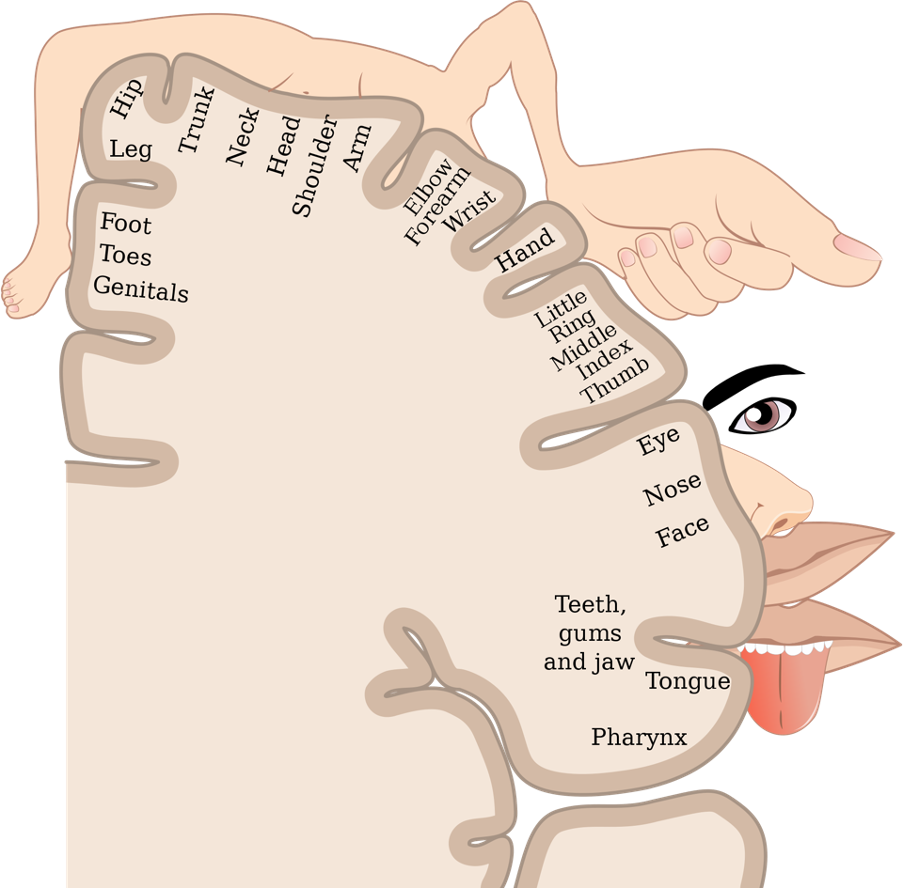A “Thumbs Up” for Intelligent Design
As an easterner I grew up hearing a fascinating—though jarring—story of Indian mythology about Ekalavya, an ace archer who’s cited as a noble example of discipleship. His eminent guru strangely asks him for his right thumb as guru dakshana (teacher’s fee). Ekalavya, knowing the price of his teacher’s request, instantaneously parts with his right thumb as an act of honor!1 That high cost draws attention to the unique value of the human thumb not just to an archer but to us all.
My training in physical therapy often leaves me marveling at the intricacies of design and intentionality in the systems of the human body and in this context—the human thumb. The anatomical, neurological, and biomechanical complexity levels reveal a super-intelligence. This brief piece highlights the purposeful uniqueness in conception, construct, and function as a case for the design argument pointing to an intelligent Creator.
Astute Anatomy
The human hand is so well-designed that the hands of our so-called “close cousins” (primates) don’t compare. The distinction gets even sharper as we study the human thumb. While the human hand has around 30 muscles working across five digits (fingers), it’s the thumb that gets the lion’s share. Nine muscles are devoted exclusively to producing the many movements of the human thumb that primate thumbs can’t match.2 In fact, a paralysis of certain muscles around the human thumb is termed “ape thumb” sign or deformity!3
Not only does the human thumb have a larger share of muscles that work around it, but its muscle mass is significantly greater, too—supplemented by extensive vasculature (blood vessels) in comparison with the other digits. Moreover, the unique joint orientations result in enhanced grip strength and functionality.4
Novel Neurology
The nervous system in living beings is comparable to a circuitry through which electricity passes to enable appliances and devices to function. The complexity of this mechanism in living beings includes a mind-boggling interaction between ions, electric potential, neurotransmitters, and the system of nerves that carries these impulses from the surface of the body to the brain and back. The human hand’s neural circuitry and, specifically that of the thumb, is simply remarkable. Of all the other organs in the body the hand has the largest representation on the motor cortex of the brain. Needless to say, the thumb again leads the pack. The area of the motor cortex devoted to the thumb alone roughly equates to the entire face, torso, and lower limb!5 It’s precisely for this reason that the most affected and challenging part of the human body to rehabilitate after a brain stroke is the human hand—and more so the thumb.
Figure: 2-D Cortical Sensory Homunculus
Credit: Wikipedia, OpenStax College–Anatomy & Physiology, Connexions Website
Brilliant Biomechanics
The human hand has a total of 27 joints. Of these, the joints that are part of the thumb have the highest degree of freedom. Biomechanically, this roughly translates to the thumb being the most mobile digit of the hand. While all other fingers are capable of moving in two planes at best, the thumb has multiple planes of movement through multiple axes.6
A distinct functional movement called the opposition makes in-hand manipulation possible and contributes to exceptional hand dexterity. The thumb is the only digit that can be opposed to the other four fingers. Nothing in the animal kingdom compares to the dexterity levels of the human hand. The thumb contributes to 40% of that hand dexterity.7
Though the medical fraternity has made noteworthy strides in upper limb prosthetics, engineering anything nearly as intelligent and efficient as the human thumb remains elusive. The human thumb not only stands unmatched in design, dexterity, and complexity to the rest of the animal kingdom but it also unveils a brilliance, an intentionality in the way it’s been “fearfully and wonderfully” designed to suit maximal human flourishing, stewardship, and dominion over the rest of creation.
All of these complex morphological designs support equally complex mechanisms for specific purposes, serving as great talking points for elegance, economy, efficiency, and design! The case for the human thumb is yet another effective pointer to the need for a magnificent Architect behind this miniature bioengineering marvel that is inimitable but oft ignored! As I see people splashing virtual “likes” on social media, I can’t help but imagine them flashing their “thumbs-up” to Intelligent Design!
Endnotes
- The Story of Eklavya and Dronacharya—Stories from Indian Mythology, Tell-a-Tale.com, accessed October 3, 2022, https://www.tell-a-tale.com/story-eklavya-dronacharya-stories-indian-mythology/.
- Wikipedia, s.v. “Simian Hand,” accessed October 4, 2022, https://neurosigns.org/wiki/Simian_hand.
- Tim Taylor, “Muscles of the Hand and Wrist,” Innerbody Research, accessed October 4, 2022, https://www.innerbody.com/image_skel13/ligm27.html.
- T. Imaeda, K. N. An, and W. P. Cooney 3rd, “Functional Anatomy and Biomechanics of the Thumb,” Hand Clinics 8, no. 1 (February 1992): 9–15, PMID:1572928.
- W. J. Z’Graggen et al., “Mapping of Direction and Muscle Representation in the Human Primary Motor Cortex Controlling Thumb Movements,” Journal of Physiology 587, no. 9 (May 2009): 1977–87, doi:10.1113/jphysiol.2009.171066.
- D. Spencer Nichols BS, Haley M. Oberhofer MD, and Harvey Chim MD, “Anatomy and Biomechanics of the Thumb Carpometacarpal Joint,” Hand Clinics 38, no. 2 (May 2022): 129–39, doi:10.1016/j.hcl.2021.11.001.
- Adrian E. Flatt, “Our Thumbs,” Baylor University Medical Center Proceedings 15, no. 4. (October 2002): 380-87, doi:10.1080/08998280.2002.11927870.






